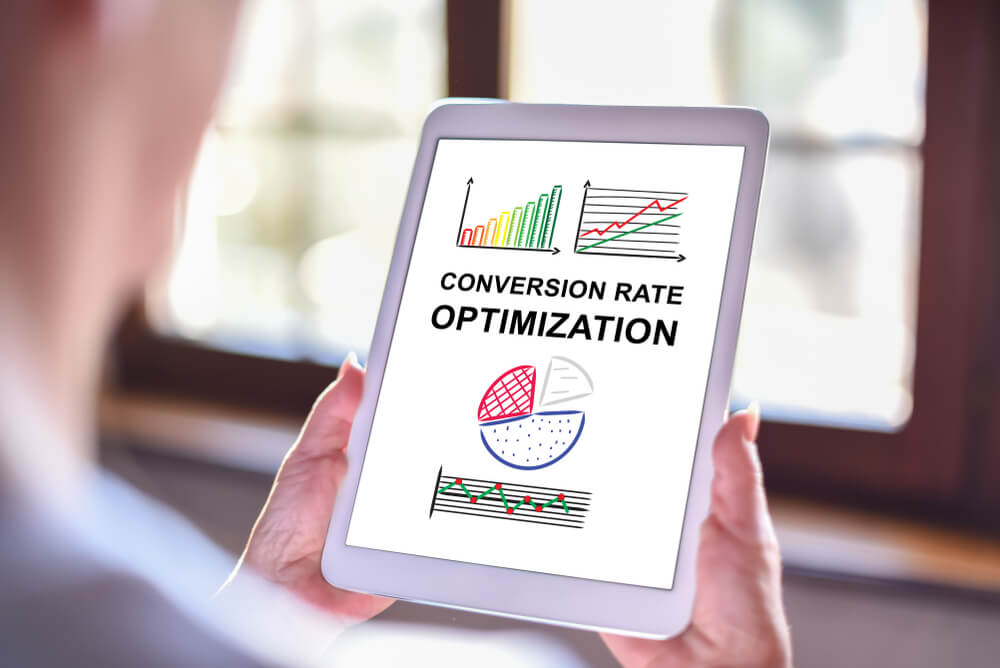
How Do You Measure the Success of a B2B Email Campaign?
Email campaigns drive business-to-business (B2B) sales by generating and nurturing leads that shorten the sales cycle and improve customer lifetime value. Measuring the success of your B2B email marketing lets you gauge its effectiveness.
This article discusses the primary points for measuring email campaigns:
- Understanding B2B email metrics.
- Gauging initial engagement through the open rate.
- Assessing interest using the click-through rate.
- Evaluating engagement with the conversion rate.
- Maintaining content quality with the bounce rate.
How do these metrics affect your bottom line? Read to learn more. Let’s go!
Tired of investing in Search Engine Optimization without getting any results? See how Digital Authority Partners turns that around!
Understanding B2B Email Metrics
Tracking vital B2B email metrics helps assess the campaign’s effectiveness. They provide insights into which strategies work and whether they lead to desired actions and outcomes.
However, which metrics should you track? They are similar to business-to-consumer (B2C) marketing with slight variations in the data and results. They also shape future strategies differently for the following reasons:
- B2B transactions often involve longer decision-making processes. Measuring marketing success requires considering the entire sales cycle while tracking interactions at various stages.
- B2B marketing strategies heavily rely on relationship building and trust. B2C metrics often track one-time conversions.
- B2B buyers are typically more informed and discerning. Evaluating success involves analyzing how well the content resonates with them and contributes to their decision-making.
- B2C campaigns usually focus on a broad, diverse audience. B2Bs often target a more specific and niche segment. Their metrics need to determine the quantity and the quality of leads.
- B2B sales often result from a series of touchpoints across various channels. Analyzing campaigns means acknowledging the role of emails with other marketing efforts.
Refining your B2B email campaigns well by understanding the purpose and value of the metrics. Then, use the insights to tailor strategies and increase engagement and conversion.
Gauging Initial Engagement through the Open Rate

The open rate is the percentage of recipients who opened an email out of the total number of recipients. It usually indicates whether personalization and subject lines resonate with the audience.
Improve your open rate with these tips:
- Match the sender’s name with the brand to reduce the risk of emails entering spam filters and enhance your reputation. Practice unified branding by using the same email address for other similar communications.
- Experiment with the email timing and frequency. Analyze when your B2B audience is most active and likely to engage with the content.
- Craft compelling and concise subject lines. Perform A/B testing to know what resonates best.
- Regularly clean and update the email list. Automatically remove those who unsubscribed or segment those who signed up for specific mailing lists.
- Send interactive content, such as surveys and quizzes.
- Encourage your subscribers to add your email to the safelist.
A high open rate means you have successfully grabbed the attention of your B2B audience. This already prepares you for engagement.
Assessing Interest Using the Click-Through Rate (CTR)
The click-through rate (CTR) is the percentage of recipients who clicked on one or more links in your emails. A high CTR indicates that your content is engaging and compelling to prompt action from your audience.
Here are some tips to enhance your B2B email CTR:
- Craft subject lines that grab attention and encourage recipients to open the email.
- Personalize your emails based on recipient data. Tailoring content increases the likelihood of engagement.
- Strategically place clear, relevant, and compelling calls to action (CTAs). Ensure that they guide recipients on what actions to take next.
- Create mobile-friendly email content. Many users check their emails on mobile devices, and a responsive design improves the overall user experience.
- Segment your email list based on demographics, behavior, or preferences. Targeted emails are more likely to resonate with specific segments, leading to higher CTR.
- Provide content that adds value to your audience. Solve their problems, provide expert tips, or give discounts.
- Create a sense of urgency or scarcity. Limited-time offers, and exclusive deals often motivate recipients to click-through to ensure that they get all the benefits.
Focus on these tips to optimize your email campaigns and increase the CTR.
Evaluating Engagement with the Conversion Rate

The conversion rate is the percentage of recipients who take a desired action, such as purchasing items or completing a form. A high conversion rate means that the B2B emails are compelling and persuasive.
Incorporate these strategies to improve your campaign’s conversion:
- Create valuable and relevant content that addresses the pain points of your target audience. Position your product or service as a solution and highlight the benefits in your emails.
- Because not all leads convert after the first email, consistently implement follow-up sequences to nurture leads.
- Incorporate social proof, such as testimonials, to build trust and credibility and influence recipients to take the desired action.
- Use personalization techniques to make your emails more relevant. This type of content is more likely to capture attention and drive engagement.
- Tailor your content to the audience or segment.
- Integrate social media elements, such as social-sharing buttons, into your emails. This helps amplify your message and create a cross-channel engagement strategy.
- Coordinate your email marketing efforts with other channels such as content marketing, webinars, or events. A cohesive multichannel strategy reinforces your message and broadens your reach, increasing conversion.
Driving meaningful interactions with your audience is the primary way to improve your conversion rate. Implement these tips so that your B2B content is always captivating and informative.
Maintaining Content Quality with the Bounce Rate
In email marketing, the bounce rate is the percentage of unsuccessfully delivered emails. It often indicates deliverability issues and the quality of the mailing list. It also affects other metrics and costs, so minimizing it is essential.
Use these tips to lower bounce rates in your emails:
- Implement a double opt-in process so that subscribers genuinely want to receive your emails. This reduces the likelihood of fake or mistyped email addresses being added to your list.
- Remove inactive and outdated email addresses from your list. Use email validation tools to identify and delete invalid addresses.
- Apply robust authentication methods, such as the sender policy framework and DomainKeys Identified Mail (DKM). Authentication helps internet service providers verify email addresses, improving deliverability.
- Match the subject lines with the content.
- Encourage subscribers to periodically update their contact information. Provide an easy way for them to modify their details.
- Communicate the frequency and type of emails that subscribers can expect. Unmet expectations sometimes lead to disinterest and higher bounce rates.
- Link live landing pages in your emails. A seamless transition from the email to the landing page reduces bounce rates.
Follow these strategies to improve B2B email deliverability and maximize audience interactions.
Summing Up
Measuring B2B email marketing campaigns helps refine strategies, promotes better customer relationships, and informs decisions. It also maximizes your investments through consistent engagement, increased brand awareness, and improved conversions.
Need help in implementing data-driven B2B marketing strategies? Contact Digital Authority Partners (DAP) today to learn about advanced tactics.
Want To Meet Our Expert Team?
Book a meeting directly here




